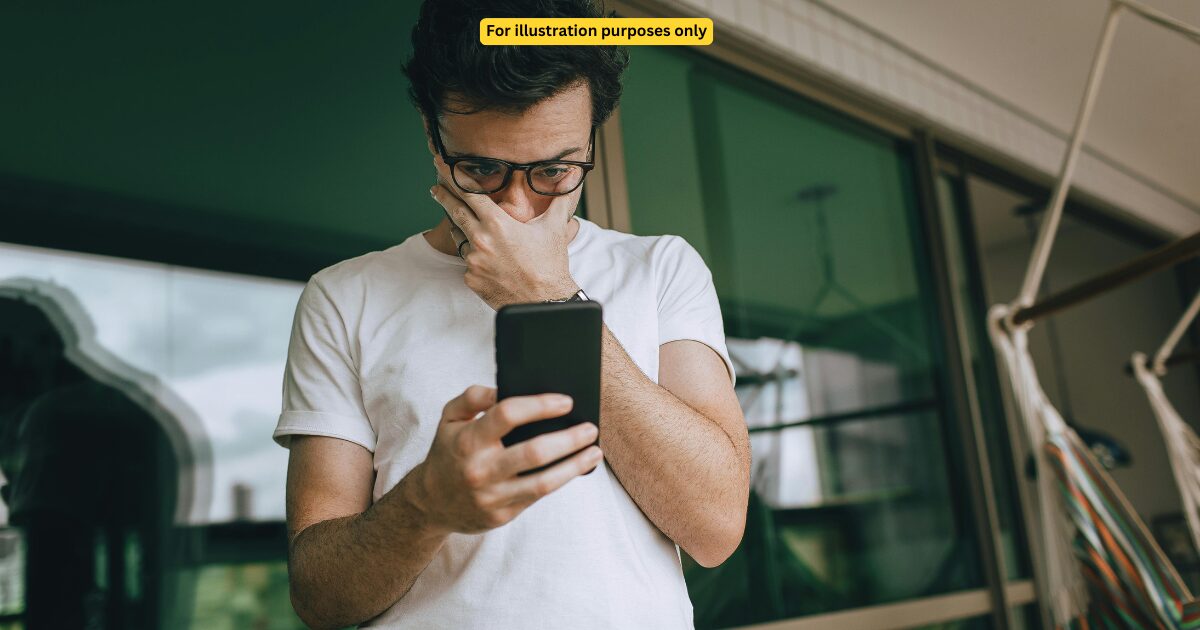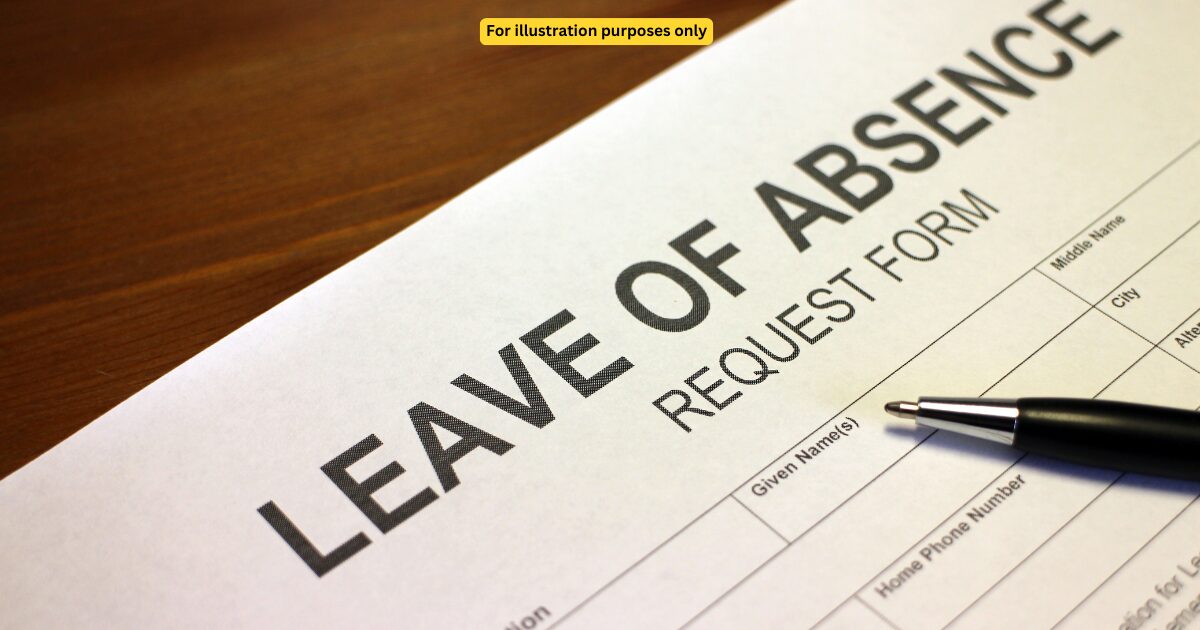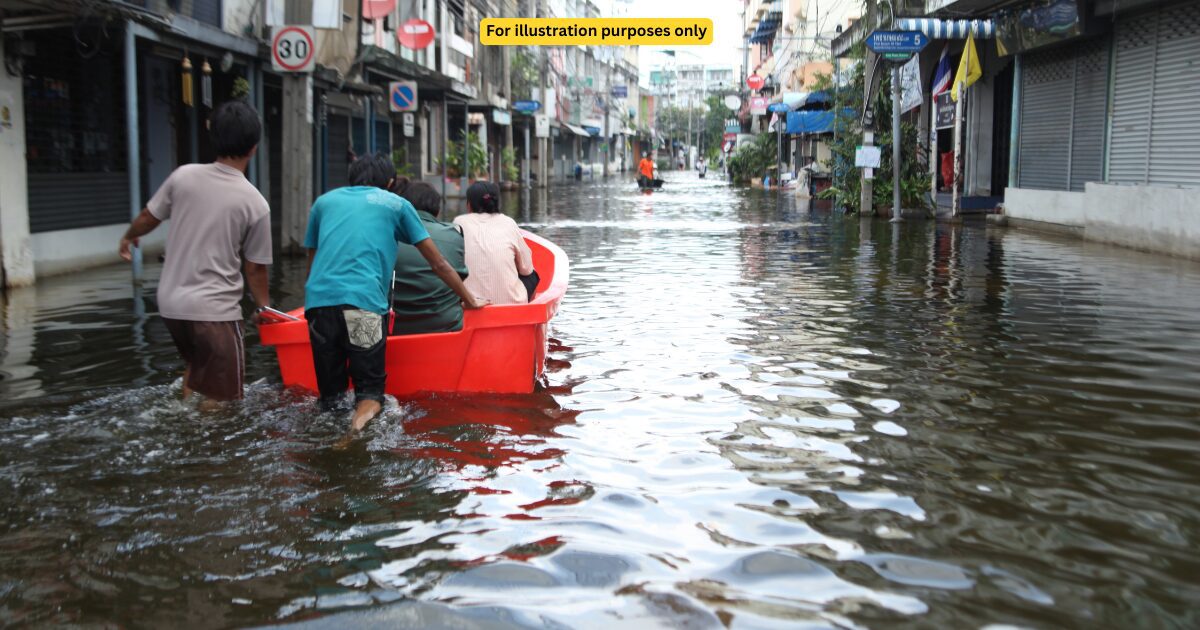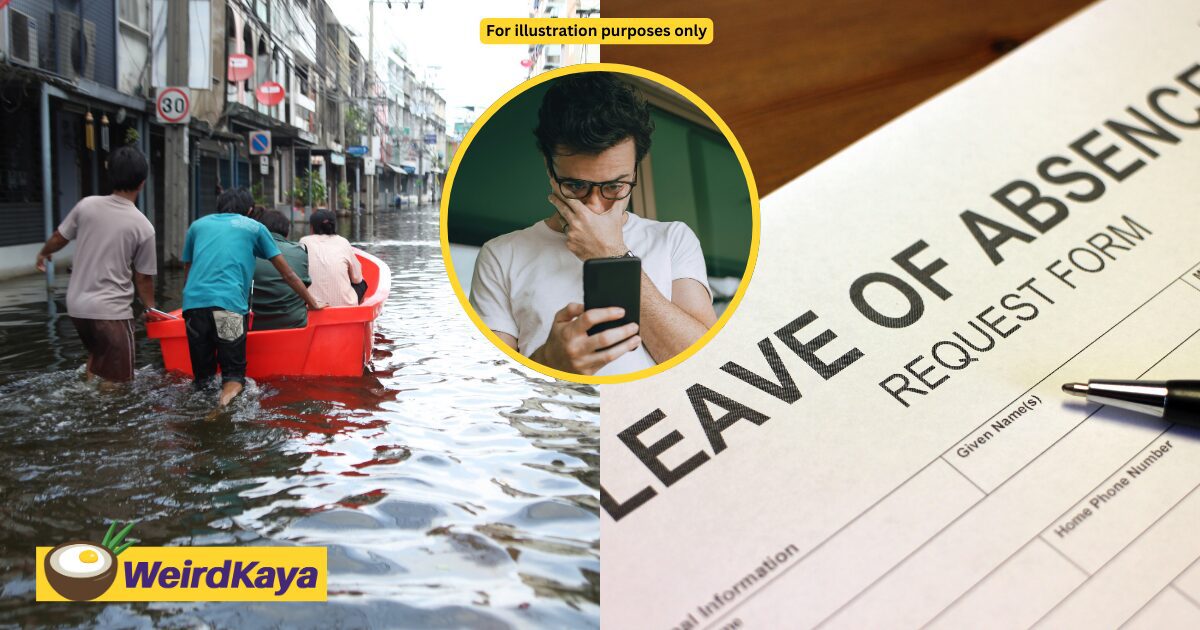Floods have disrupted daily life once again, leaving parts of Malaysia inaccessible and forcing some residents to evacuate.
Even Malaysians travelling in Hatyai were stranded after sudden flash floods shut down major roads in the city.
If you cannot return to work because of situations like these, you may have another option besides using your EL.

Most M’sians do not know this, but certain workplaces recognise a form of special leave that can be used during natural disasters.
It is commonly known as General Emergency Leave or Cuti Kecemasan Am, a category often used when floods or other emergencies make it unsafe or impossible for you to reach your workplace.
SirapLimau recently highlighted that staff affected by floods can apply for this special leave instead of dipping into their regular EL.
Why this matters: disaster leave is different from EL

EL is meant for personal emergencies. A natural disaster is not something you can prevent or plan for.
This special leave category exists because it allows affected workers to:
- Avoid using EL
- Focus on evacuation, safety and repairs
- Avoid being penalised for absence
- Stay home when roads are blocked, bridges are damaged or travel is dangerous
You should not have to use your personal EL when your house is flooded or when you are trapped in another city due to a natural disaster.
How this special leave works in Malaysia

– Civil servants
Civil servants are the clearest group with access to disaster related leave.
During the severe floods in December 2021, the government allowed civil servants affected by the disaster to apply for emergency leave tied to the flood situation.
On top of that, many government departments already recognise Cuti Kecemasan Am, which may be approved as cuti tanpa rekod. This means it does not deduct your:
- EL
- annual leave
- or other leave quotas
These approvals are given when disasters such as floods, landslides, road collapses or other emergencies prevent staff from travelling safely to work. The final decision still depends on each department head.
– Private sector workers
For private sector employees, the rules are not the same.
Malaysia’s Employment Act 1955 does not include natural disaster leave as a statutory leave category. It also does not guarantee paid emergency leave.
This means:
- Disaster related leave depends entirely on your company’s HR policy
- Some companies classify flood related absences as Special Leave, Compassionate Leave, Calamity Leave or treat them as non deducted EL
- Others may require EL or annual leave if no special category exists
So while the private sector does not have a legal requirement for disaster leave, many employers choose to support affected staff by not deducting their EL during major disasters.
What Malaysian law actually says
To keep it accurate and non misleading, here are the key points:
1. Natural disaster leave is not part of the Employment Act 1955
The law does not have “flood leave” or “disaster leave”.
2. EL is not a statutory entitlement
It is optional and depends on employer policy.
3. Cuti Kecemasan Am is a public sector practice
It exists in many government departments but is not a federal law.
It may be treated as leave without record when approved.
4. If treated as leave without record
It means:
- not deducted from EL
- not deducted from annual leave
- and not counted as any recorded leave
Approval depends on the employer or department.
How to apply for “special leave” during a disaster

- Inform your supervisor or HR immediately
Tell them you are affected by a flood or natural disaster and cannot travel safely. - Request for “General Emergency Leave / Cuti Kecemasan Am / Special Leave for Disaster”
Use the term recognised by your department or employer. - Fill in the relevant form
Public sector departments usually refer to MyPPSM SR4.2.7(A) for emergency absence procedures.
The official guideline can be found here:
https://docs.jpa.gov.my/docs/myppsm/PPSM/SR/Waktu-bekerja/80/
However, most departments use their own internal form, which typically requires:
– Your details
– Date and time of incident
– Reason you cannot attend work
– Confirmation or approval from your supervisor
Private sector companies will also have their own HR forms or e leave systems. - Provide simple proof
This may include:- Photos of the flood
- Road closure announcements
- Evacuation orders
- News reports
- Location verification
- Prioritise safety
Documentation can be arranged after you are safe and reachable.
Floods are stressful enough. The last thing you need is to worry about losing your EL. Check with your HR, use the right leave and focus on keeping yourself and your family safe.
READ ALSO:



